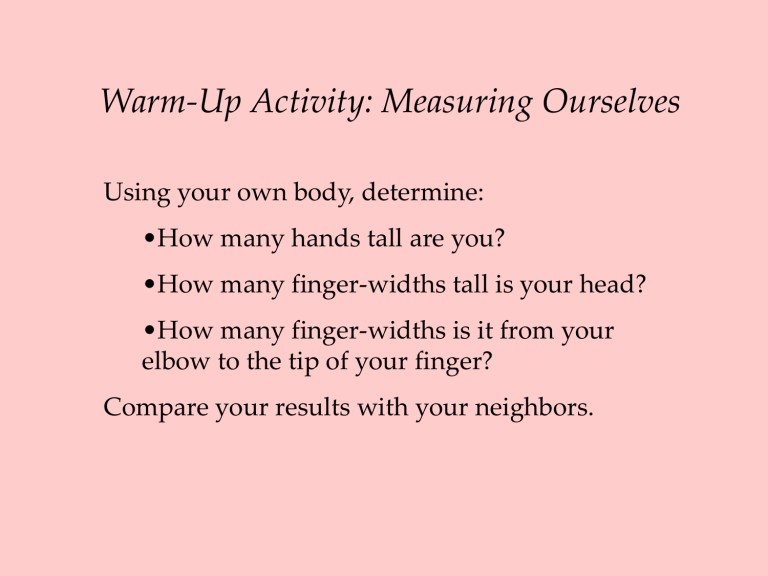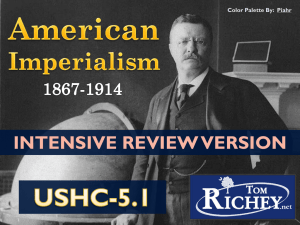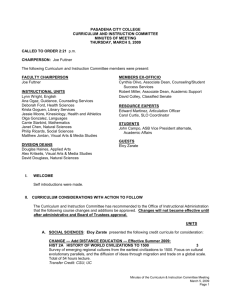History of Measurement

Warm-Up Activity: Measuring Ourselves
Using your own body, determine:
•How many hands tall are you?
•How many finger-widths tall is your head?
•How many finger-widths is it from your elbow to the tip of your finger?
Compare your results with your neighbors.
A Concise and Abbreviated History of
Measurement
photo credit: Xavier de Jauréguiberry
Relief carving of Ancient
Greek measurement using hand span and foot image credit: Jerry Lipka et al
Diagram of Yup’ik (Alaska
Native) units of length
Diagram of Egyptian definitions of cubit and palm
Units of measurement based on the human body
The Smoot photo credit: Denimadept creative commons
The Harvard Bridge between Boston and
Cambridge, MA. The Harvard Bridge is 364.4
Smoots in length, plus or minus an ear. photo credit: MIT museum via Dave Schumaker
Oliver Smoot being used to measure the
Harvard Bridge in 1958.
With trade and taxation came the need for standardized units photo credit: Claudia Zaslavsky
Standard weights for measuring gold dust used by the Asante of Ghana photo credit: Andrew Robinson
Standardized weights from the Indus river valley photo credit: John Hill creative commons
A bronze ruler from the Han dynasty in China
Systems of measurement commonly used in the US:
The English or Imperial System image credit: Ian Whitelaw
The early English inch was defined as the length of three barleycorns laid endto-end photo credit: Andrew Robinson
King George the III of England’s standard weights from 1773.
Systems of measurement commonly used in the US:
The Metric System
Commemorative stamp showing the
French Republic measuring one quarter of the earth’s circumference – the original idea behind the meter
Since 1983, the meter has been defined as the distance that light travels in 1
299,792458 th of a second
Systems of measurement commonly used in the US:
More about the metric system
1 cm
1 cm
1 cm
A cube of water with sides each 1 cm has a mass of 1 gram photo credit: Harry Turner, National Reseach Council of Canada
The Canadian Standard Kilogram. The kilogram is the only unit in the metric system defined by an actual object.
The nickel has a mass of 5 grams
Bibliography
Lipka, Jerry, Tod Shockey and Barbara Adams. “Bridging Yup’ik Ways of
Measuring to Western Mathematics” in Learning and Teaching
Measurement: 2003 Yearbook. Ed. Douglas Clements and George
Bright. The National Council of Teachers of Mathematics, Inc,
Reston, VA. 2003
Robinson, Andrew. The Story of Measurement. Thames and Hudson Ltd,
London, UK. 2007
Tavernor, Robert. Smoot’s Ear: The Measure of Humanity. Yale University
Press, New Haven, CT. 2007
Whitelaw, Ian. A Measure of All Things: the story of man and measurement.
Quid publishing, Hove, England. 2007
Zaslavsky, Claudia. Africa Counts: Number and Pattern in African Culture.
Prindle, Weber, and Schmidt Inc, Boston, MA. 1973
Your turn: Discussion
In groups of 2 or 3, discuss the following questions:
•Why do we measure?
•How do we choose what to use to measure?
Think not only in general, but also in the context of your work in your program.











